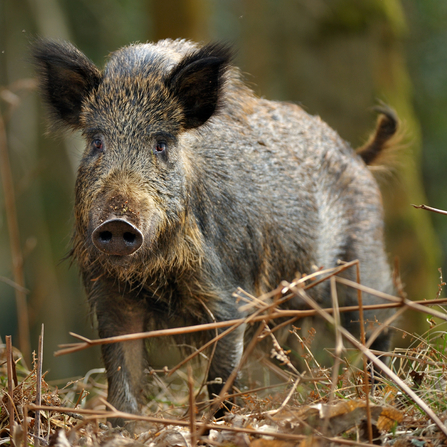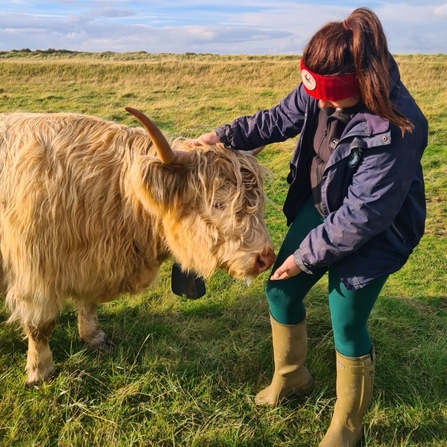
Prehistoric grazers
Step back in time and walk across Yorkshire’s landscape several thousand years ago and you'd see vast expanse of woodland, moor and heath. Imposing wild herbivores, like boars, aurochs (wild ox) and steppe bison graze between the small, rudimentary settlements that will later become our major cities and towns.
Today, these amazing grazers are thought of as ‘keystone species’. By eating dominant grassland plants and saplings, these giant herbivores shaped our landscape - preventing encroaching woodlands from taking over ancient grasslands, making room for sensitive wildflowers to grow and creating micro-habitats for animals of all sizes to nest, feed and find refuge.



